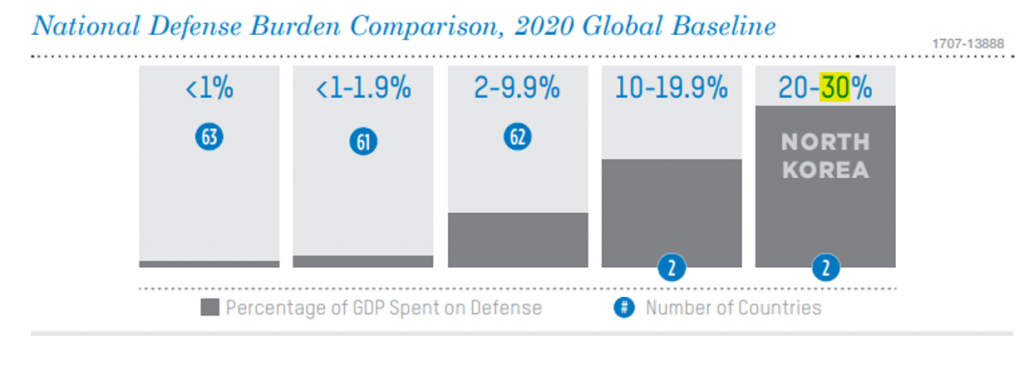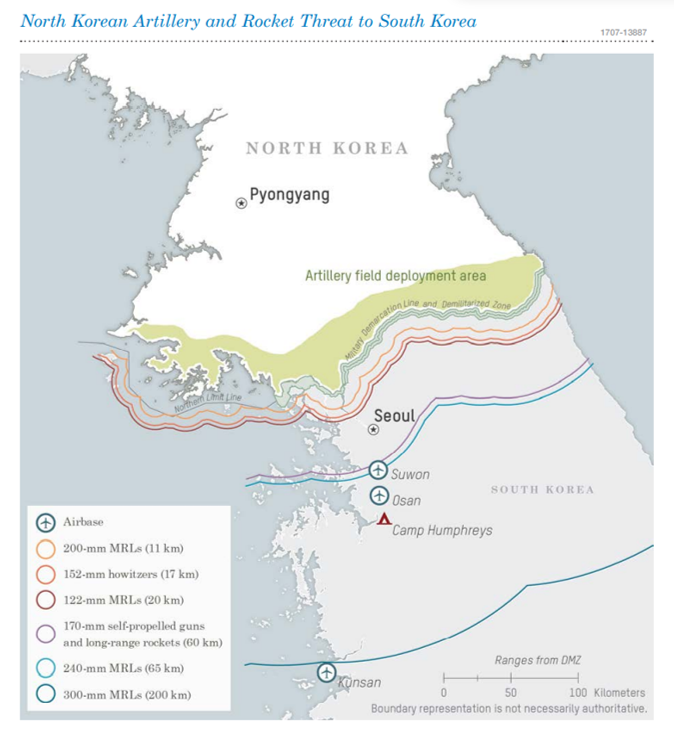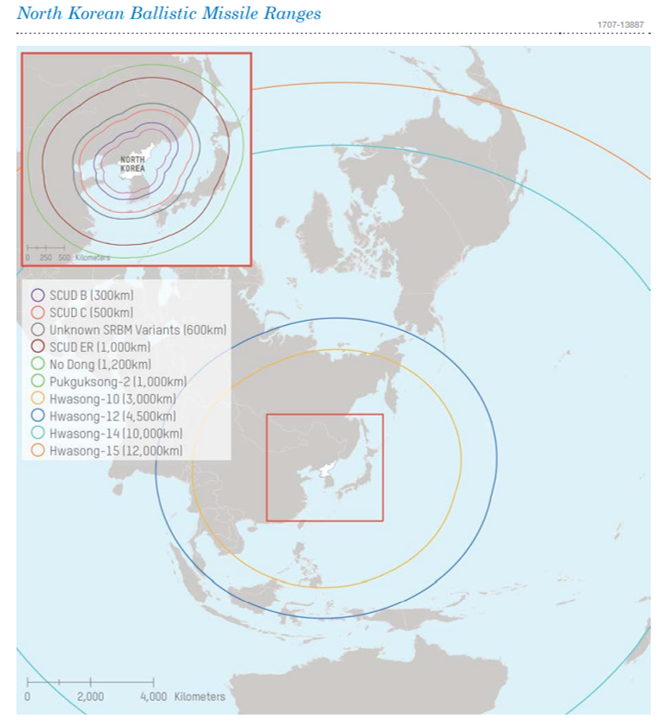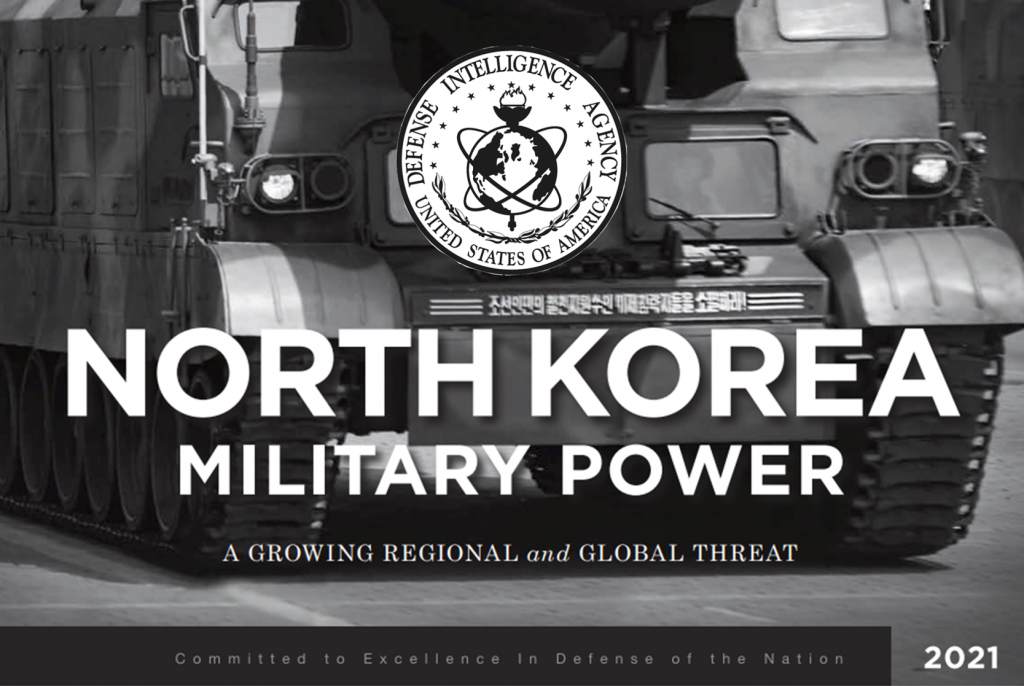New Defense Intelligence Agency (DIA) Report Assesses North Korean Capabilities
On October 15, the United States Defense Intelligence Agency (DIA) published a new report in its “Military Power” series taking a look at North Korea (DPRK), its military strategy, organization and capabilities. The latest addition to the series, which is a spiritual successor the Cold War era unclassified “Soviet Military Power” series, follows earlier reports on Russia, China and Iran.

Despite spending between 20% and 30% of its GDP on defense ($7 billion to $11 billion), North Korea’s conventional military strength has fallen well behind that of South Korea and, even more clearly, that of the United States. The report finds that the DPRK poses a challenge to United States in two main areas.
“North Korea’s military poses two direct, overlapping challenges to the United States and its allies: a conventional force consisting mostly of artillery and infantry that can attack South Korea with little advance warning, and a ballistic missile arsenal, intended to be armed with nuclear weapons, that is capable of reaching bases and cities in South Korea and Japan, and the U.S. homeland”

While investments have been made in a few key capabilities and the DPRK often showcases its best equipment in parades, by and large the Korean People’s Army (KPA) is armed with old, Soviet weapons. The country lacks the capabilities to fight a sustained war and the DIA estimates that ammunition and subsistence supplies would last no longer than around three months. However, the North has fostered asymmetric capabilities through focusing on training and equipping special forces which could infiltrate South Korea in force and hit key government installations. Moreover, North Korea’s large collection of well-hidden artillery pieces and multiple rocket launcher systems, which also benefits from the protection of the rough, mountainous terrain along the border, could kill countless civilians before the South could mount any sort of response. North Korea likely knows its forces cannot match those of the South and the United States in a regular war but has developed capabilities which would maximize short-term damage and enemy casualties – a deterrent for any war.

The focus on nuclear weapons and missiles capable of hitting the US, South Korea and Japan is also an extension of this deterrence focus. By deterring an unwinnable war, the DPRK can achieve what the DIA defines as a main goal of the KPA: “ensure the Kim regime’s long-term security, which the leadership defines as North Korea remaining a sovereign, independent country ruled by the Kim family”.
The full report contains around 70 pages and covers everything from cyber warfare capabilities to arms exports. It is available to read here.

